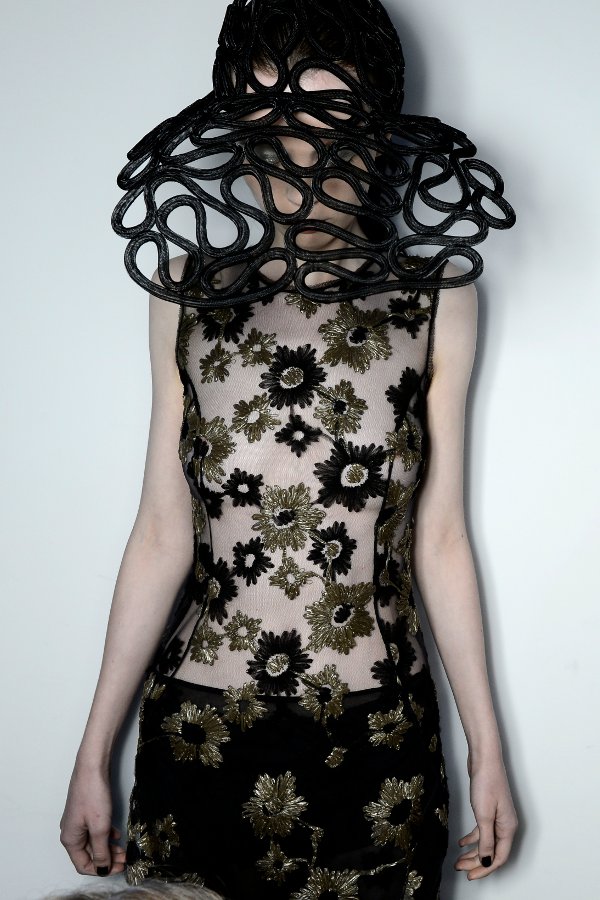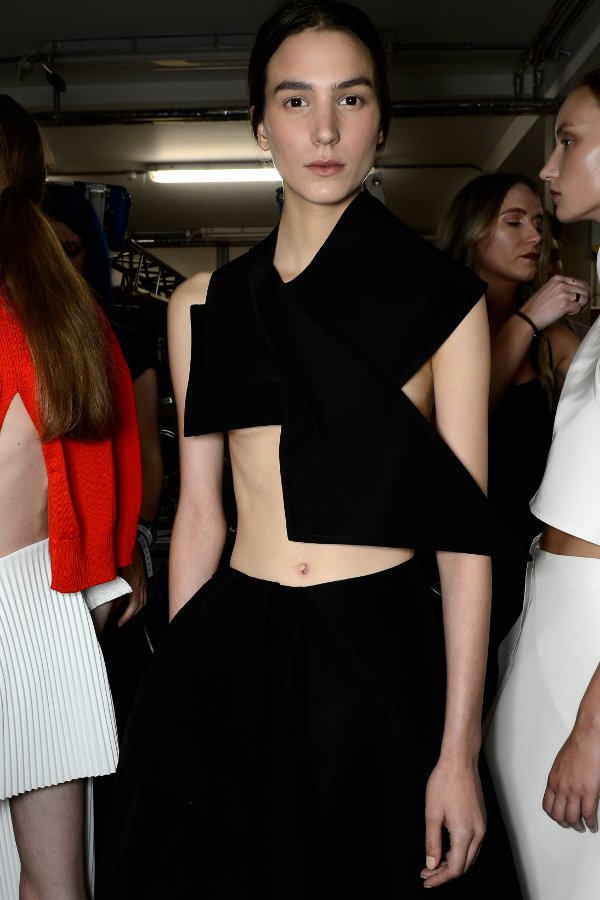IT'S official. Being Irish is hot right now.
With John Rocha, Zoe Jordan and JW Anderson among the stars of London Fashion Week – it was pretty hot to be Irish in the city as the fashion world’s eyes fell on the British capital.
For five days Somerset House was full of Irish style and success stories.
And although there is no overall aesthetic inherent in the most contemporary wave of Irish design, these labels do have that common understanding of fashion, both conceptually and commercially, which is often considered key to longevity in the industry.
The fashion industry in Ireland couldn’t support these talents –- and it’s difficult to predict if it ever could, without serious investment, mentoring and a considered approach to support multiple designers competing on an international design platform.
But Ireland’s loss is Britain gain and for the foreseeable future it is a really exciting time to be among the Irish talent now here, particularly at London Fashion Week, where Irish designers wowed the crowds once again...
Our Review of the best Irish shows and designers at LFW 2013
Fashion Week kicked off with a bang as Zoë Jordan produced a remarkably assured collection despite the youth of her label.
Her love of contrasts was clear and present in her ‘Pretty Vandals’ collection, which told the story of ‘urban woman’, outgrowing her ‘skater girl’ past , yet retaining her boyish elegance.
Luxurious silks and chiffons featured daubed slogans and soft graffiti-style prints, with leather biker-jackets in baby pink also making an appearance. Details like stand up-collars and transparent layering in relaxed, tailored lines combined with minimal hair and make-up further project an air of androgyny.
Taking place in a small loft on Flitcroft Street, Orla Kiely’s presentation was one of the most kinetic of LFW. It consisted of the ‘Orla Kiely girl’ hanging out on safari by way of American film-director, Wes Anderson (Moonrise Kingdom).
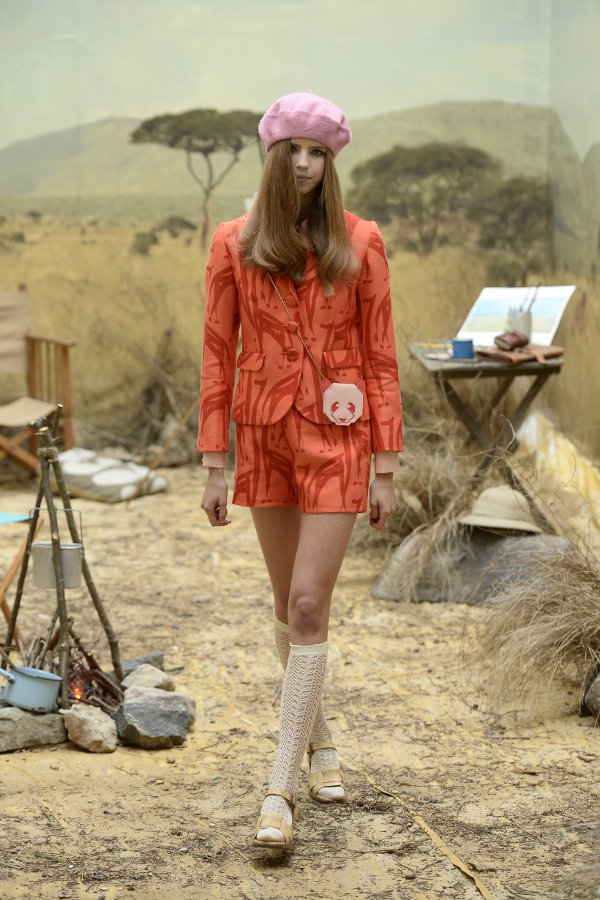 Orla Kiely
Orla KielyFresh-faced young girls in heavy eyeliner, pink berets and knee-high socks wandered in and out carrying out perfectly choreographed ‘retro’ tasks such as examining specimens, playing records and taking pictures.
Utterly immersive, no detail was over looked, right down to the tent and life-size rhino while refreshments included cartons of Um Bongo, all of which almost distracted from the clothes. Appealing to a younger audience, animal prints featured on dresses and T-shirts with pocket details, embroidered leaf details and tailored shorts all made this a highly accessible collection.
John Rocha’s show was up next. He is quite simply the reason why I am working in fashion today. At 63 he has his finger on the pulse now more than ever. His show was beyond full capacity and Rocha used the new ‘double’ catwalk at Somerset House to great effect, showcasing the long lean silhouette extended beyond its natural limits by visor-like millinery and crinolines.
On the catwalk, the ‘overall’ look, including hair and make-up, is integral to communicate the designer’s (and stylist’s) vision. Here the hair echoed the almost corrugated textured fabrics in long wet-look tails.
Rocha’s signature appliqued flower skirt was back, this time reworked in floral prints, as well as the trademark black and white. Transparency and looped organza piping were also key features in this very opulent collection which included a shopping bag which will be highly coveted.
The 29-year-old Northern Irish designer behind JW Anderson managed to achieve the impossible at LFW – having the most respected players in the industry seated on time. In attendance was Sarah Mower, Ambassador for the BFC as well as celebrity clients like Alexa Chung.
With a rumored buy out from LVMH on the cards this show was one of the hottest fashion tickets of the event. Anderson pushed the boundaries with this collection, illustrating why there is so much international interest in the brand.
Techniques such as draping and gathering were used to maximum effect in a collection which brought to mind Japanese fashion and origami. Conceptual designs in materials such as leather, pleather, gossamer and chiffon continued to play on assumptions of femininity and I look forward to seeing how these looks translate into Ready To Wear.
Catherine Teatum hails from Mayo and presented her sixth collection with label partner Rob Jones in the new Cannon Cinema and Presentation Space. Teatum Jones’ combination of film, live but static models and mannequins covered all bases for the spectator.
The colour palette of soft blues, crisp whites, ‘tea towel’ checks and bright florals were produced in a combination of materials, ranging from luxurious to practical, and a standout includes their ‘table cloth chic’ boyfriend coat in a wipe clean material with large over-sized white leather pockets.
They design tailored looks of note for the thinking women which manage to combine utilitarianism and glamour.
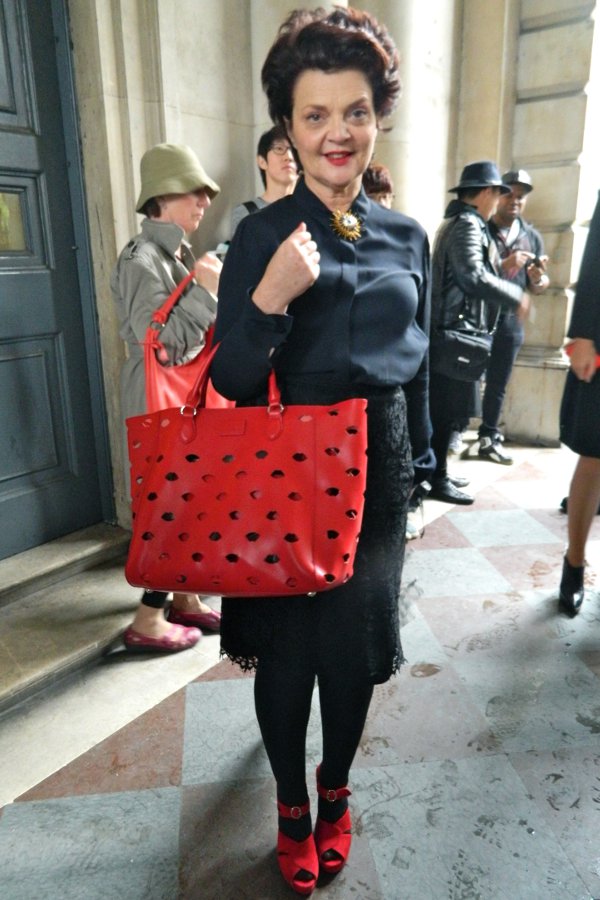 Lulu Guinness
Lulu GuinnessShowing under the ‘Emerging’ category in the Designer Showrooms, Danielle Romerill’s vision for next season is a combination of white on white contrasted with jade green on black pieces. This season is based around bubblewrap and sticky tape, inspired by the constant sending back and forth of garments for photoshoots and press loans.
Her manipulation of fabrics to execute designs, including panels hanging in transparencies and use of everyday materials such as waterproof sports tape, mark her out as a considered hand. Her coat and visor was featured and worn by uber blogger Susie Lau in The Fashion Daily.
Liam Fahy continues as one of the most engaging and creative young thinkers in fashion. His rolling clog, inspired by oriental design, cast iron fences and the Côte d’Azur is a stand out of the ‘Summer Rain’ collection.
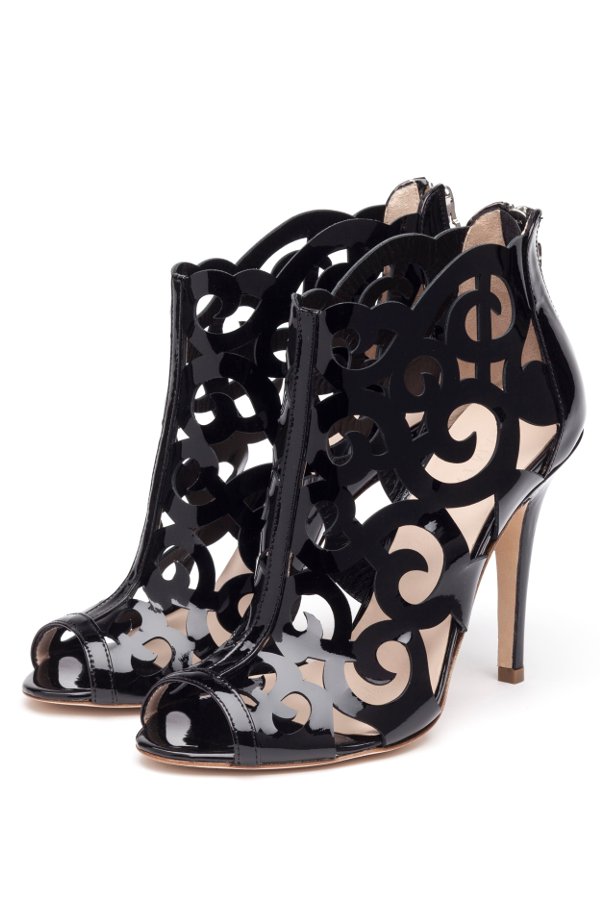 Liam Fahy
Liam FahyThe design features the technique of degrade, precisely measured so the colour is strongest at the heel and fades throughout the shoe, disappearing at the toe. Using only the best artisans in Italy, Fahy’s take on the classic brogue and slip-on means flats can be stylish too.
Úna Burke presents her official collection at Premier Class, Paris but her participation in a fashion performance for LFW illustrates her binary approach to design.
 Úna Burke
Úna BurkeAs well as presenting commercial pieces, she also addresses the complexities of fashion by using it as a medium to experiment and communicate attitudes towards the body. Burke’s trademark technique of cantilevering leather strips with trademark brass fittings represented ‘the body’ in the presentation at Windle & Moodie.

